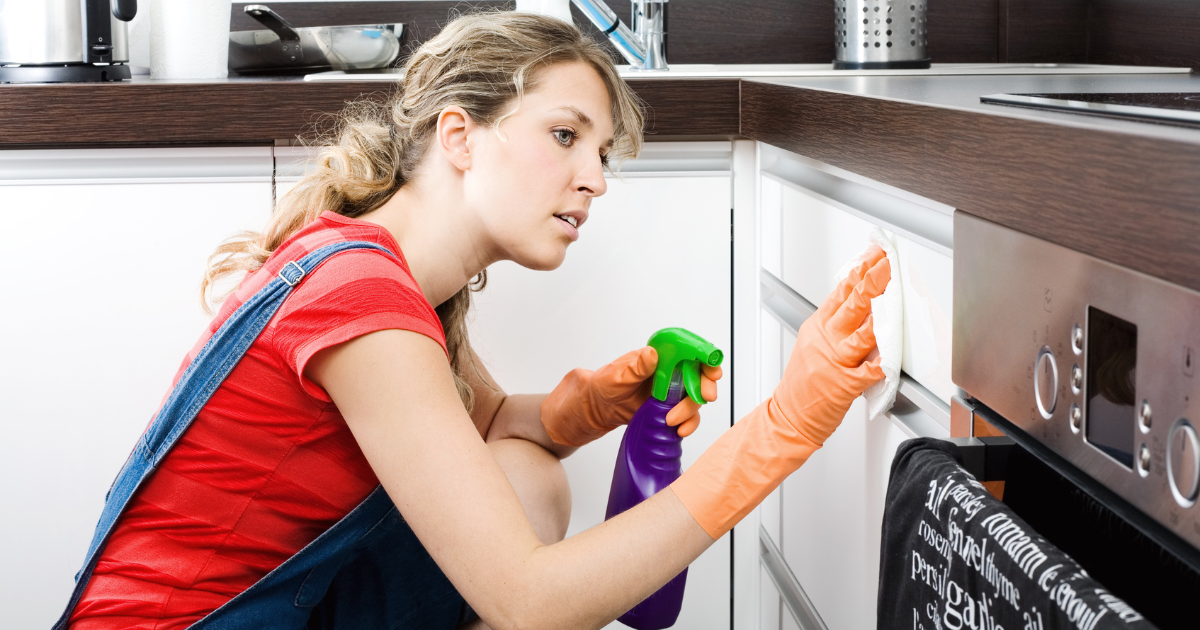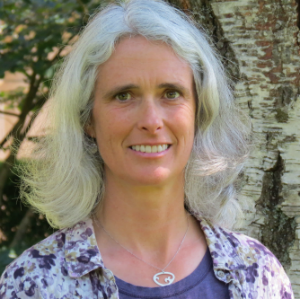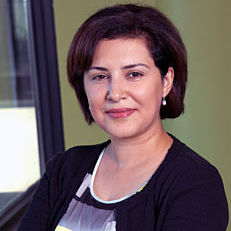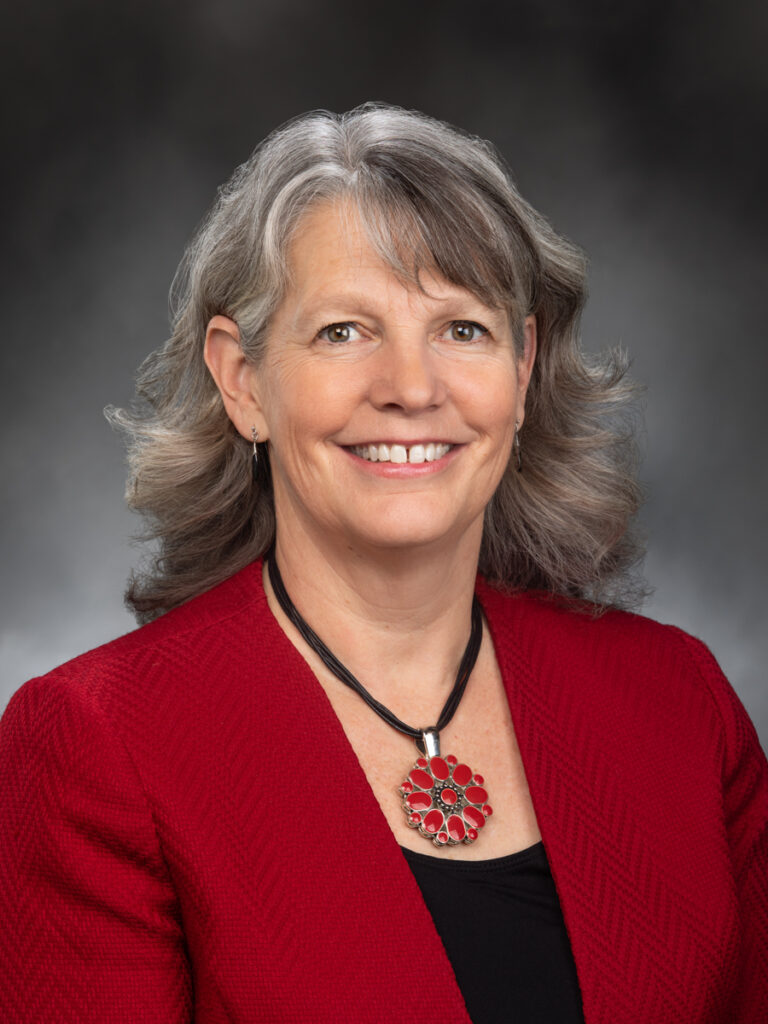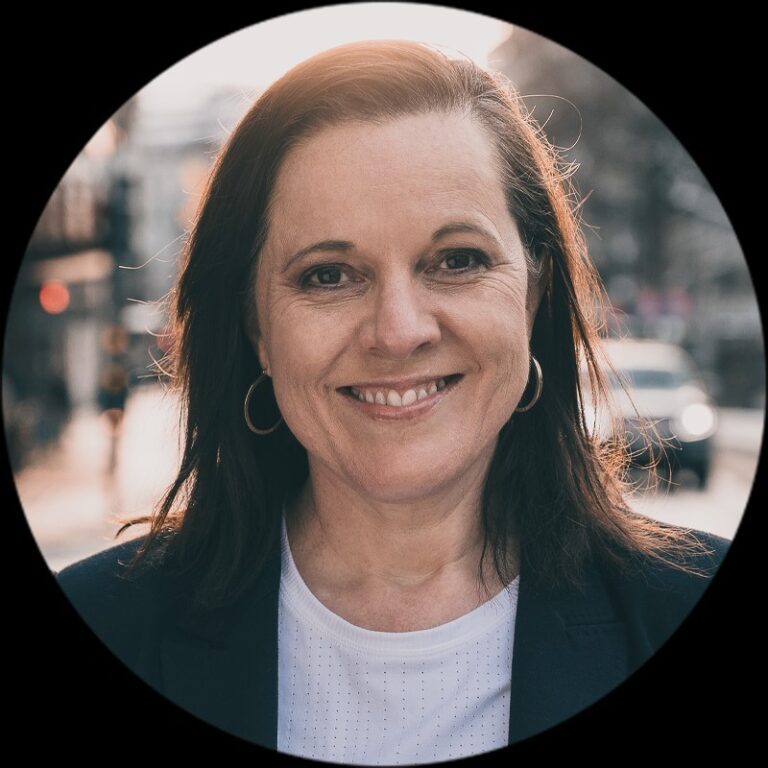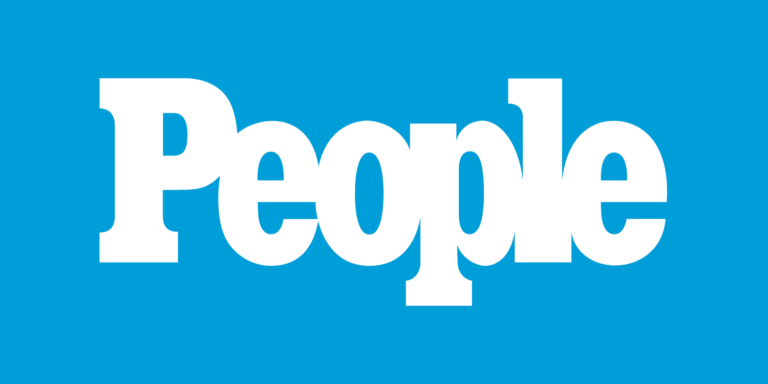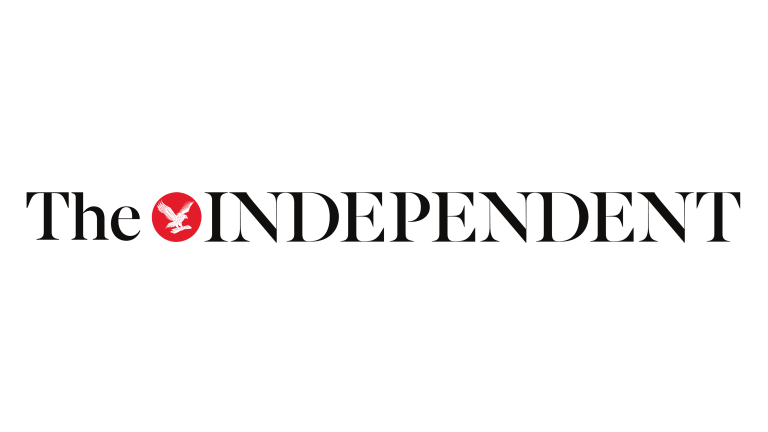Toxic Flame Retardants in Breast Milk
Unregulated toxic chemicals called bromophenols are building up in people
This study reveals unregulated toxic chemicals are building up in people. Testing of breast milk finds unregulated flame retardants for the first time, while banned substances are decreasing.
Breast milk is considered the best food for babies. But research has found that harmful chemicals from industry and consumer products can contaminate breast milk, exposing babies at a vulnerable life stage. Now, this study authored by Toxic-Free Future, Emory University, and Seattle Children’s Research Institute has found toxic flame retardants in the breast milk of U.S. moms. Companies continue to use hormone-disrupting flame retardants in products like televisions despite research showing these chemicals build up in people. But some states and retailers are taking action to move to safer solutions.
Featured in
Breast milk studies by Toxic-Free Future
By analyzing breast milk samples from 50 new mothers, Toxic-Free Future original research has found PFAS, quats, and toxic flame retardants in breast milk through four published studies.
Toxic flame retardants in breast milk (2023)
Authored by Toxic-Free Future, Emory University, and Seattle Children’s Research Institute. this 2023 study found toxic flame retardants in the breast milk of U.S. moms. The study reveals unregulated toxic chemicals are building up in people. Testing of breast milk finds unregulated flame retardants for the first time, while banned substances are decreasing. Companies continue to use hormone-disrupting flame retardants in products like televisions despite research showing these chemicals build up in people. But some states and retailers are taking action to move to safer solutions.
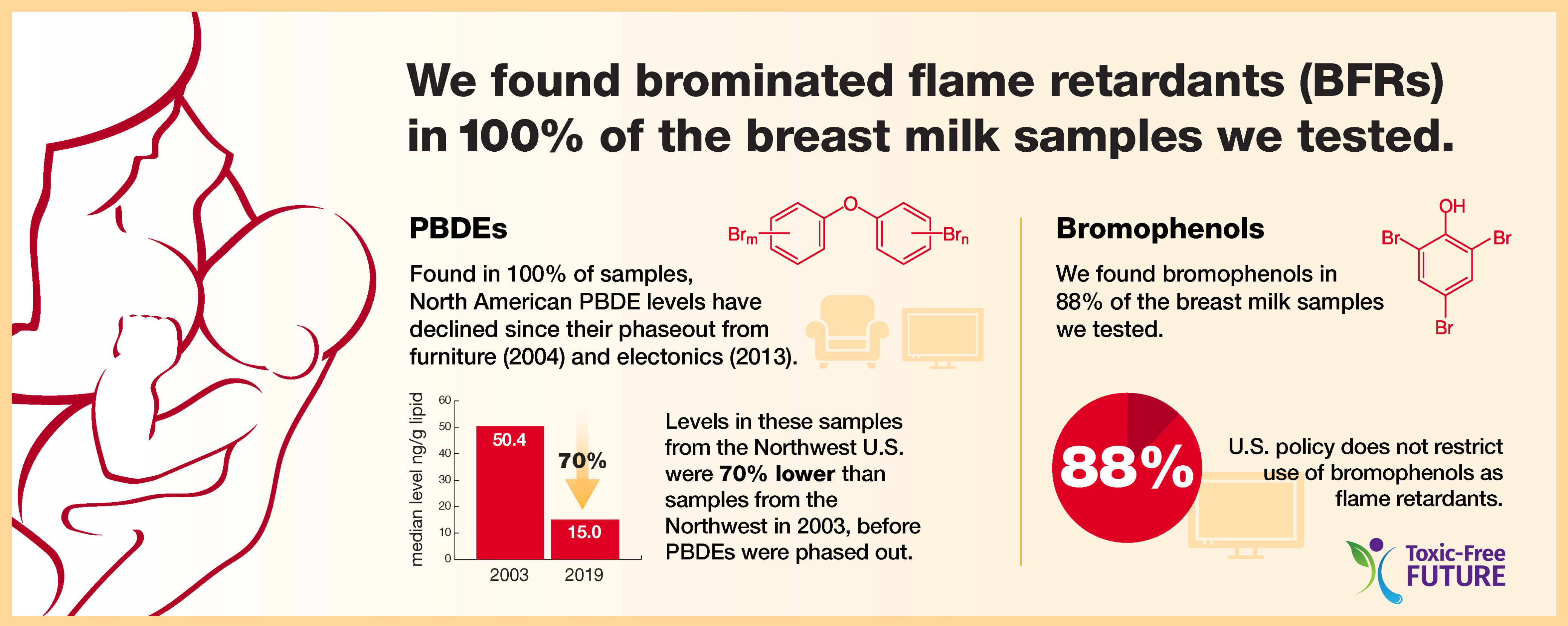
PFAS in breast milk (2021)
This 2021 study, the first since 2004 to analyze PFAS in breast milk from mothers in the United States, found that 50 out of 50 women tested positive for PFAS, with levels ranging from 52 parts per trillion (ppt) to more than 500 ppt. More.

Organophosphate plasticizers and flame retardants in breast milk (2021)
According to this 2021 peer-reviewed study by Toxic-Free Future and partners, “This is the first study to simultaneously determine OPEs and their metabolites in breast milk, and our findings indicate that breastfeeding is a significant source of OPE exposure for infants… Organophosphate esters (OPEs) are among the synthetic chemicals found in the highest concentrations in the indoor environment due to their use as flame retardants and plasticizers.” More.
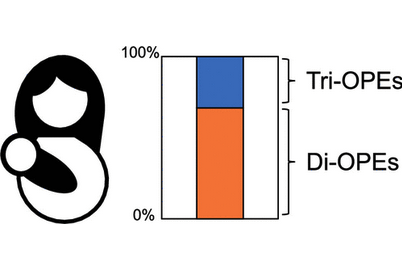
Quats in breast milk (2022)
A first-of-its-kind 2022 study by Toxic-Free Future, Indiana University, and Seattle Children’s Research Institute shows that quats—the active chemicals in many household disinfectant cleaners—are frequently found in breast milk. More.
